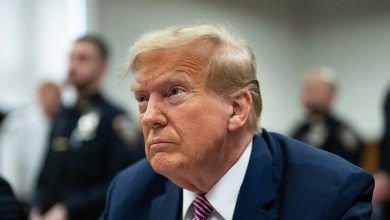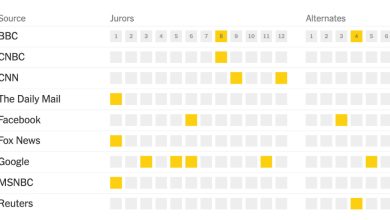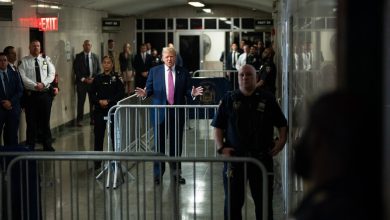Is This a Sputnik Moment?

Earlier this week, veiled comments started to emerge on Capitol Hill regarding an unnamed and “serious national security threat.” By Thursday, a White House spokesman, John Kirby, let the American public in on what members of Congress were talking about: a new Russian space-based antisatellite capability that violates the 1967 Outer Space Treaty, suspected of being a space-based nuclear weapon.
Officials say the system is not active, and they have not detailed what it can do. But if it is what the White House suggests, we may now find ourselves facing this generation’s Sputnik moment. In 1957, when the former Soviet Union launched the world’s first satellite and shocked Americans, the Eisenhower administration had known about the Soviets’ satellite capabilities for almost two years. Now that we know what Russia is planning, the United States cannot afford to be slow to act.
A Russian nuclear weapon capable of targeting satellites would be alarming for a list of reasons. For a start, it’s illegal. The 1967 Outer Space Treaty, to which Russia is a party, prohibits the placement of “nuclear weapons or any other kinds of weapons of mass destruction” in orbit around Earth. It could have a deeply destabilizing impact on an already messy geostrategic landscape — and give Russia the ability to put some of America’s most prized assets at risk. While the United States has made advances in space defenses, it would struggle to defend its satellites against a nuclear attack in space. That poses a critical threat.
Satellites make many aspects of our daily lives possible, from navigation and weather forecasting to TV broadcasts and financial transactions. Over 90 percent of spacecraft are commercial, fueling a $546 billion global space economy. Space is also fundamental to how our military fights. We use satellites to collect intelligence and to detect missile launches, and for navigation, communications and controlling precision weapons.
The idea of a nuclear detonation in space is not new. Both the Soviet Union and United States conducted high-altitude nuclear detonation (HAND) tests in the 1950s and 1960s, including the U.S. Starfish Prime test in 1962 when the United States detonated a 1.4 megaton warhead atop a Thor missile 250 miles above the Earth. The explosion created an electromagnetic pulse that spread through the atmosphere, frying electronics on land hundreds of miles away from the test, causing electrical surges on airplanes and in power grids, and disrupting radio communications. The boosted nuclear radiation in space accumulated on satellites in orbit, damaging or destroying one-third of them.
Nor is it new for Russia to violate nuclear arms control agreements. In recent years, Russia has violated the 1987 Intermediate-Range Nuclear Forces Treaty, suspended its participation in the 2010 New Strategic Arms Reduction Treaty, and de-ratified the Comprehensive Test Ban Treaty. Backing out of arms control commitments is part of Russia’s modus operandi.



